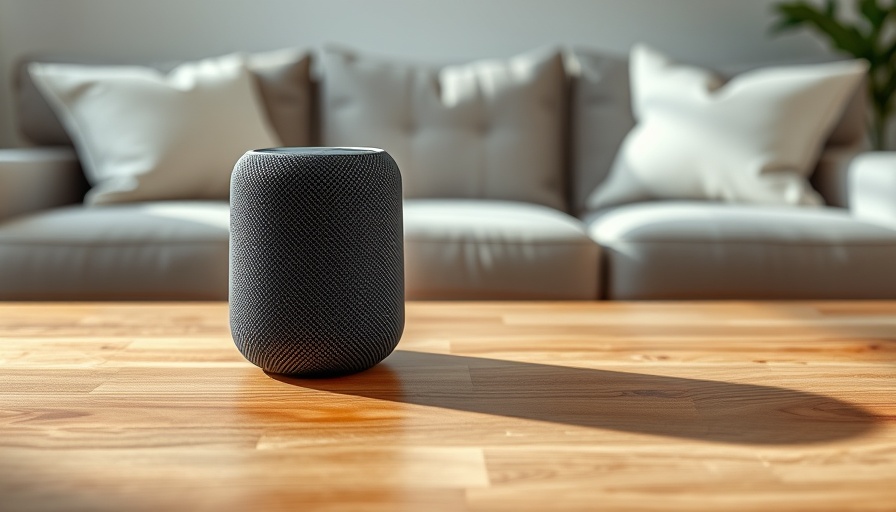
Understanding Alexa’s Capabilities in Emergencies
In today's technology-driven world, many homeowners, particularly in California's urban and suburban areas, are enthusiastic users of smart devices like Amazon's Alexa. These devices can simplify daily tasks, manage smart home systems, and sometimes even provide assistance during emergencies. However, a critical concern arises: can Alexa actually dial 911 when you need help the most?
What Alexa Can and Cannot Do
Despite the impressive range of features that Alexa offers, it is important to note that it cannot call 911 directly. As per Amazon's guidelines, Alexa has not been programmed to initiate calls to emergency services. Instead, it offers a subscription-based service known as Urgent Response, which serves as an alternative for users looking to receive assistance during emergencies.
Amazon’s Urgent Response: How It Works
With the Urgent Response subscription, users have an option to say, “Alexa, call for help.” This will connect them to a trained response agent capable of dispatching emergency services based on the information given. While this service is beneficial, it's crucial to keep in mind a few caveats: it will not function during power outages or if the internet is down. Furthermore, the service is explicitly not designed to replace 911.
What to Do in an Emergency?
Given the limitations of Alexa, homeowners are advised to rely on traditional means for calling 911 during emergencies. Urban residents often have their smartphones handy, providing a quick and reliable method to summon police, fire, or medical assistance. Advocating for awareness about these limitations can save lives, highlighting the importance of educating users about their smart home's functionality.
Consideration for Homeowners: Emergency Preparedness
California homeowners need to take proactive measures for emergency preparedness. This includes having a clear plan in place for getting emergency help when needed. Develop a communication strategy with members of your household to understand whom to contact and how to do so effectively during stressful situations.
Benefits of Smart Home Technology for Emergencies
Even though Alexa cannot directly call emergency services, it can still enhance home safety. Smart home technology can be an excellent asset for preemptive safety measures. For instance, integrating smart cameras and alarms not only helps prevent emergencies but also allows you to monitor your property effectively, providing an additional layer of security.
Pitfalls of Relying on Voice Assistants During Crises
While Alexa and other smart devices are convenient, over-reliance on them during emergencies can have serious risks. Factors such as technical failures and connectivity issues can exacerbate a stressful situation. It's essential to view these smart assistants as supplementary tools, rather than primary means for calling emergency services.
Tips for Effective Emergency Response
To ensure that you are adequately prepared for emergencies, consider these tips:
- Always keep your mobile phone charged and accessible.
- Practice using your emergency communication methods, including your devices.
- Create a contact list that includes emergency phone numbers, including family, friends, and local emergency services.
- Periodically review and update your emergency plan based on any changes in your household structure or living situation.
Final Thoughts: Educating Yourself on Technologies
With voice-assisted technologies increasingly becoming part of daily life, understanding their limitations is crucial for safety. While Alexa's options may not include direct access to emergency services like 911, the combination of smart home features and proactive emergency planning can significantly enhance household safety.
By taking the time to educate yourself about how to utilize these technologies responsibly, you can turn your home into a safer place for you and your family. Keep these insights in mind next time you set up or upgrade your smart home features, ensuring that you also have a plan for emergency situations.
 Add Row
Add Row  Add
Add 




 Add Row
Add Row  Add
Add 

Write A Comment